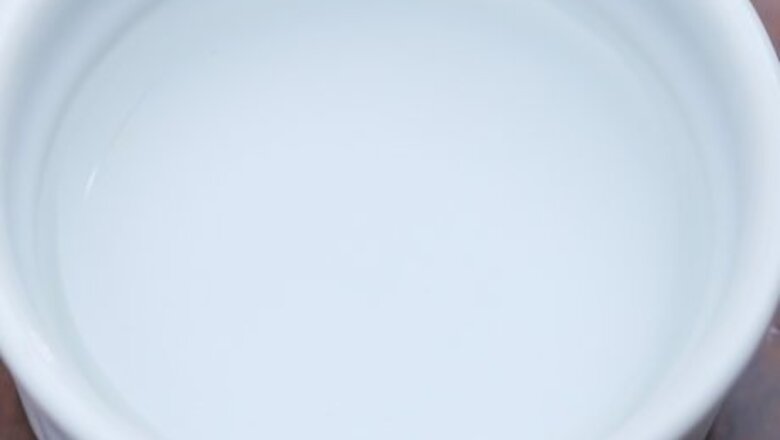
views
Cleaning the Shoes
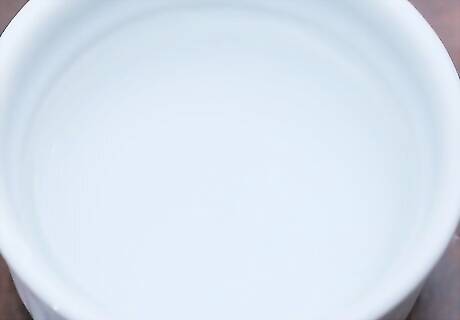
Use vinegar and water. A great DIY product for removing salt stains from leather shoes is a solution of water and vinegar. Simply mix two parts water with one part vinegar in a small jar. Dip a clean, soft rag into the vinegar solution and use it to gently wipe away any salt from the surface of the shoes. Remove the vinegar solution with a water-soaked cloth, then dry with a clean towel.
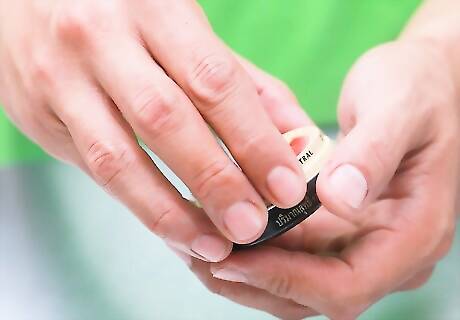
Use saddle soap. Saddle soap is a great product for cleaning leather shoes and is often made from natural ingredients. Apply a small amount of saddle soap to a moist sponge and work it into the leather using small circular motions. Use a clean, dry cloth to buff the shoes and remove any excess saddle soap. If you're interested in making your own saddle soap at home, see this article.
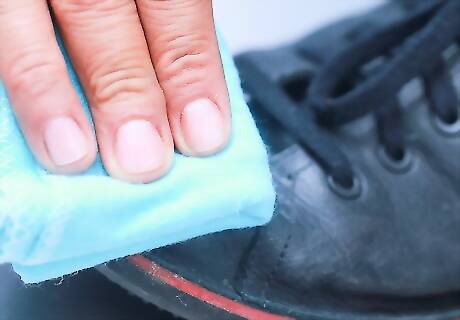
Use a salt-stain remover. Many shoe and shoe-repair shops sell small bottles of salt-stain removers, which may contain a mix of natural and artificial ingredients. These are very effective and last through multiple applications. Use according to the instructions on the label.
Preventing Further Damage
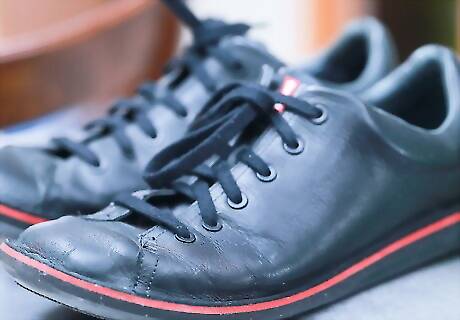
Allow the shoes to dry. If your shoes are wet as well as salt-stained, it's important to let them dry out completely in order to avoid permanent damage. Place the boots in a warm dry space, away from any direct heat sources, such as a radiator or fireplaces. Rapidly drying the shoes can cause more damage than the water. Remove any unattached insoles and stuff the shoes with newspaper -- this will speed up the drying process and help the shoes to hold their shape. Replace the damp newspaper with dry newspaper every couple of hours for even faster drying.
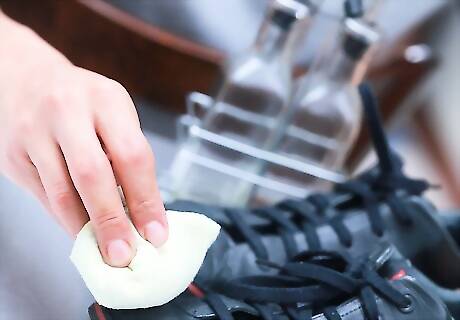
Condition the leather. Salt can really dry out leather, so it's important to condition your shoes well after salt exposure to replace any lost moisture. Buff a little store-bought leather conditioner or lotion into the shoes. This will soften the leather, helping to reverse the effects of the salt. If you don't have any leather conditioner handy, a couple of drops of olive oil will do nicely. Rub a light layer of olive oil onto the surface of the shoes with a soft cloth. Repeat the process every few hours until the leather doesn't seem to be absorbing any more oil. Buff away any excess with a dry cloth.
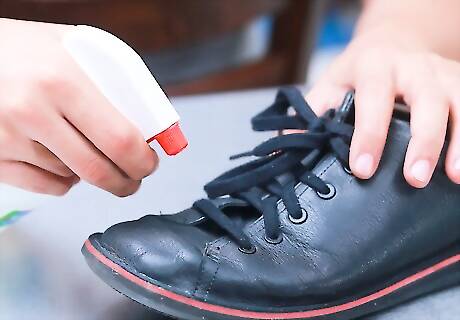
Use a waterproofing product. Buy a special waterproofing product designed especially for leather. This will help to protect your shoes against both road salt and water damage. Water actually draws salt out of the leather itself, so it can be just as bad. In fact, you should apply this product to any new leather shoes you buy to prevent any damage from occurring in the first place.

















Comments
0 comment